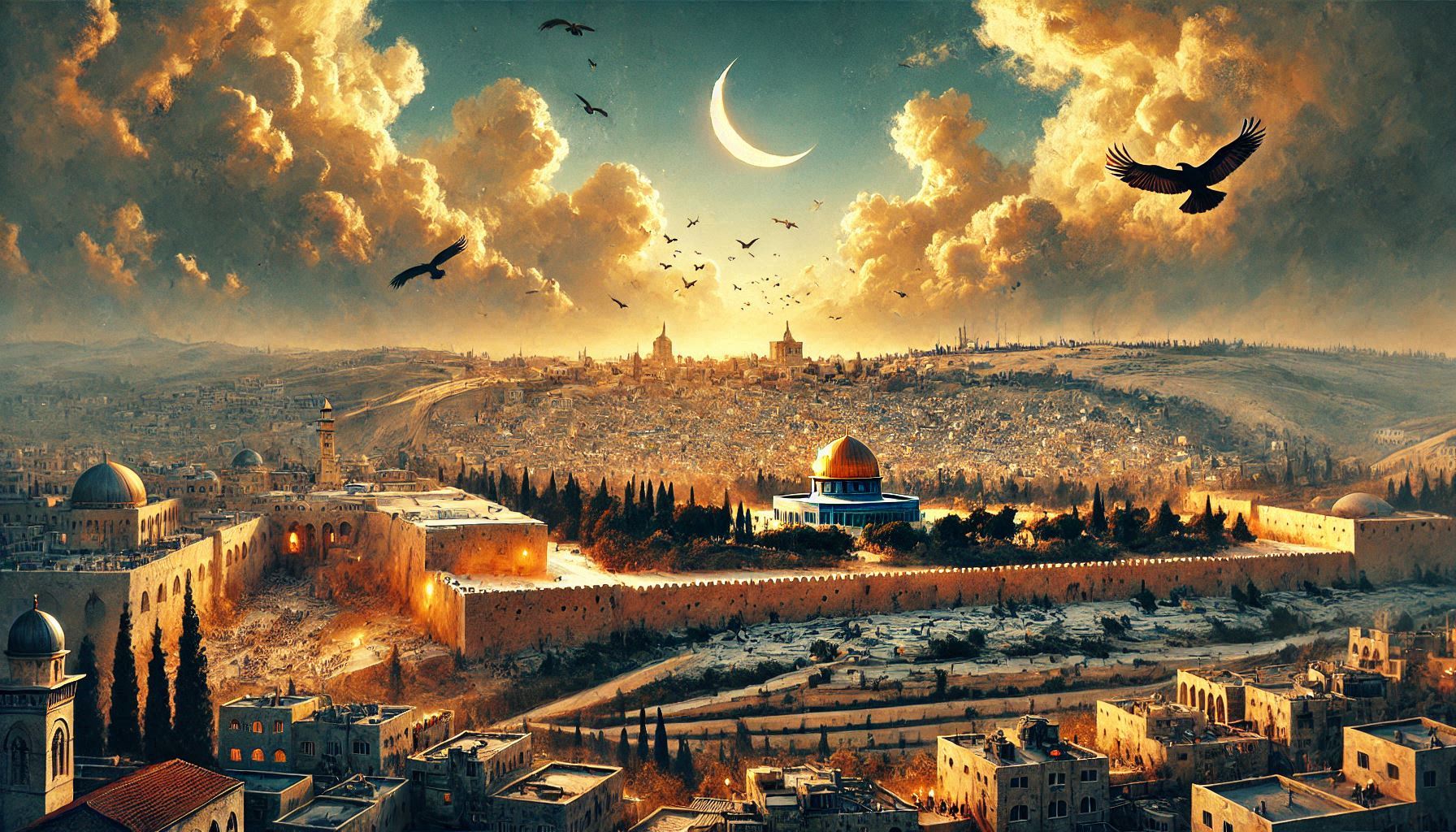Jerusalem, a city with millennia of history, is considered sacred by three major religions: Judaism, Christianity, and Islam. A visit to Jerusalem is an immersion into a rich and complex past, full of historical and spiritual sites. To make the most of your experience in the Holy Land, I have prepared a guide with what you cannot miss:
1. The Old City:
Divided into four quarters (Armenian, Christian, Jewish, and Muslim), the Old City is the beating heart of Jerusalem. Surrounded by ancient walls, it houses most of the holy sites. Walking through its narrow and winding streets is like traveling back in time.
- Jaffa Gate: One of the main entrances to the Old City, Jaffa Gate offers a beautiful view of the citadel and marks the beginning of many tours.
2. Holy Sites:
- Western Wall (Kotel): The last remnant of the Second Temple of Jerusalem, it is the holiest site for Judaism. Thousands of people visit the Wall to pray and leave their written requests between the stones.
- Via Dolorosa and Church of the Holy Sepulchre: The Via Dolorosa is the path taken by Jesus to his crucifixion. It culminates in the Church of the Holy Sepulchre, the site of Christ’s crucifixion, burial, and resurrection, one of the most sacred sites for Christianity.
- Temple Mount/Haram esh-Sharif: A place of great importance for the three religions. For Jews, it is the site where the First and Second Temples stood. For Muslims, it houses the Dome of the Rock and the Al-Aqsa Mosque, the third holiest site in Islam. Visitation is complex and with restricted hours, especially for non-Muslims.
- Mount of Olives: Offers a panoramic view of the Old City and houses important sites for Christianity, such as the Garden of Gethsemane and the Church of All Nations.
3. Other Points of Interest:
- Tower of David (Citadel of Jerusalem): An ancient citadel that houses a museum that tells the history of Jerusalem. It offers panoramic views of the city.
- Jerusalem Archaeological Park (City of David): Located south of the Old City, it reveals ruins of the ancient City of David and offers a fascinating view of the region’s history.
Important Tips for Your Visit:
- Dress Code: When visiting religious sites, dress modestly. Cover shoulders and knees.
- Respect: Show respect for the holy sites and the different religions.
- Security: Jerusalem is a safe city, but it is important to be aware of your belongings and follow the guidance of local authorities.
- Transportation: Walking is the best way to explore the Old City. For other areas, use public transportation or taxis.
- Opening Hours: Check the opening hours of the places you want to visit, as they may vary, especially on religious holidays.
- Tour Guide: Considering hiring a tour guide can greatly enrich your experience, providing relevant historical and cultural information.
- Water: Drink plenty of water, especially during the warmer months.
- Currency Exchange: The local currency is the New Israeli Shekel (NIS).
Planning Your Trip:
- When to Go: The best time to visit Jerusalem is in spring (March-May) or autumn (September-November), when the weather is milder.
- Accommodation: There are various accommodation options in Jerusalem, from luxury hotels to more economical hostels.
- Documentation: Check the visa requirements for Israel, depending on your nationality.
An Unforgettable Experience:
Jerusalem is much more than a tourist destination. It is a meeting point between the past and the present, a place that deeply touches those who visit it. When planning your trip, remember that the experience goes beyond the tourist attractions. Allow yourself to absorb the city’s atmosphere, talk to the people, and experience the rich local culture.
With this guide, you will be better prepared to explore the main tourist attractions of Jerusalem and experience an unforgettable experience in the Holy Land. Have a great trip!
